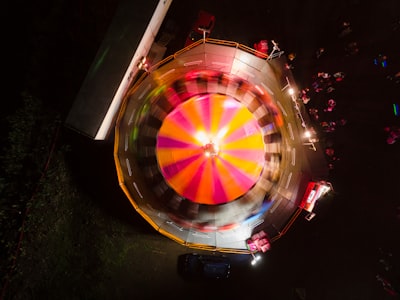India has launched its first astronaut in 41 years—a move that signals not just technical achievement but the nation’s readiness to join the ranks of sustained human spaceflight powers. This mission, led by the Indian Space Research Organisation (ISRO), resurrects ambitions last realized in 1983 with Rakesh Sharma’s historic voyage on a Soviet mission. Today, however, India flies on its own terms.
Why Now?
The timing is strategic. Global powers are vying for a stake in a new space age, where lunar resource extraction, space tourism, and orbital infrastructure are becoming real business. India's human spaceflight program, Gaganyaan, reflects a pivot from cost-effective unmanned missions (like Chandrayaan-3’s lunar landing) to prestige-oriented, high-risk endeavors.
What’s the Big Deal?
Sending astronauts out again serves multiple purposes:
- Geopolitical Signaling: Demonstrates India’s ascent in high technology and autonomy.
- Societal Impact: Inspires youth, bolsters STEM recruitment, and generates national unity.
- Space Economy Stakes: Human-rated systems lay groundwork for future moon and Mars missions—and partnership opportunities.
Pros and Cons: Human vs. Robotic Missions
| Pros | Cons | |
|---|---|---|
| Human | Inspires, enables hands-on | High risk & cost |
| problem-solving, global status | Intensive training | |
| Robotic | Cheaper, less risk, scalable | Limited adaptability, lower |
| public engagement |
Expanding Horizons, Facing Dilemmas
Human spaceflight brings added risks—from technical failure to questions about spending priorities in a nation still tackling poverty and infrastructure deficits. Critics ask: should symbolism outweigh urgent terrestrial needs? Supporters counter that such bold projects often accelerate broader technological gains and ignite the country’s innovation ecosystem.
The Larger Narrative
China has established its own space station. The US and private actors like SpaceX push boundaries with regular crewed launches. India’s return is more than national pride—it is a signal to the world that it won’t be left behind in the next space frontier.
Surprising Fact: With this launch, India joins an exclusive club of just four countries—after the USSR/Russia, USA, and China—to independently send humans to space.
In summary: India’s bold re-entry into the crewed space race has wide-ranging implications: geopolitical, social, and technological. Whether it sets the stage for deeper investment or serves as a one-off feat will depend on the sustained policy and public support it garners.
This article was inspired by the headline: 'India sends its first astronaut into space in 41 years'.

Comments
No comments yet. Be the first to comment!